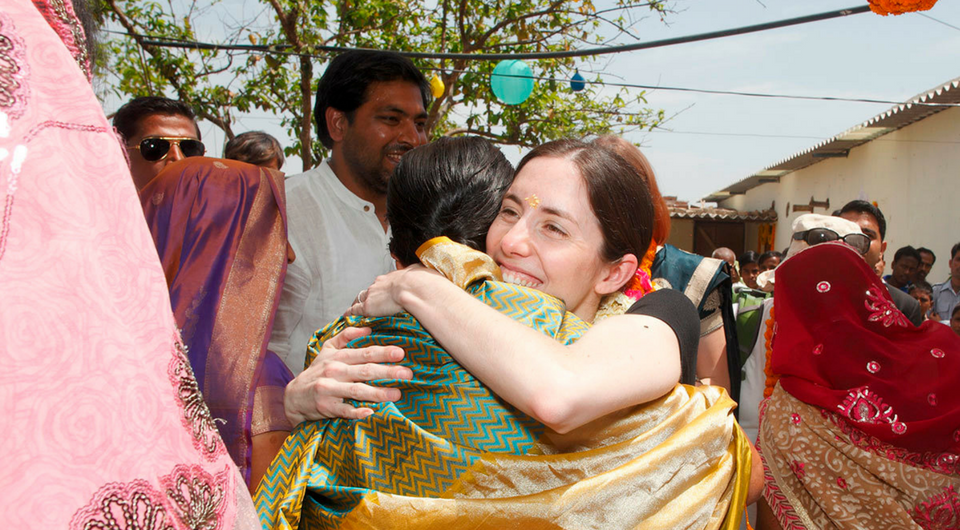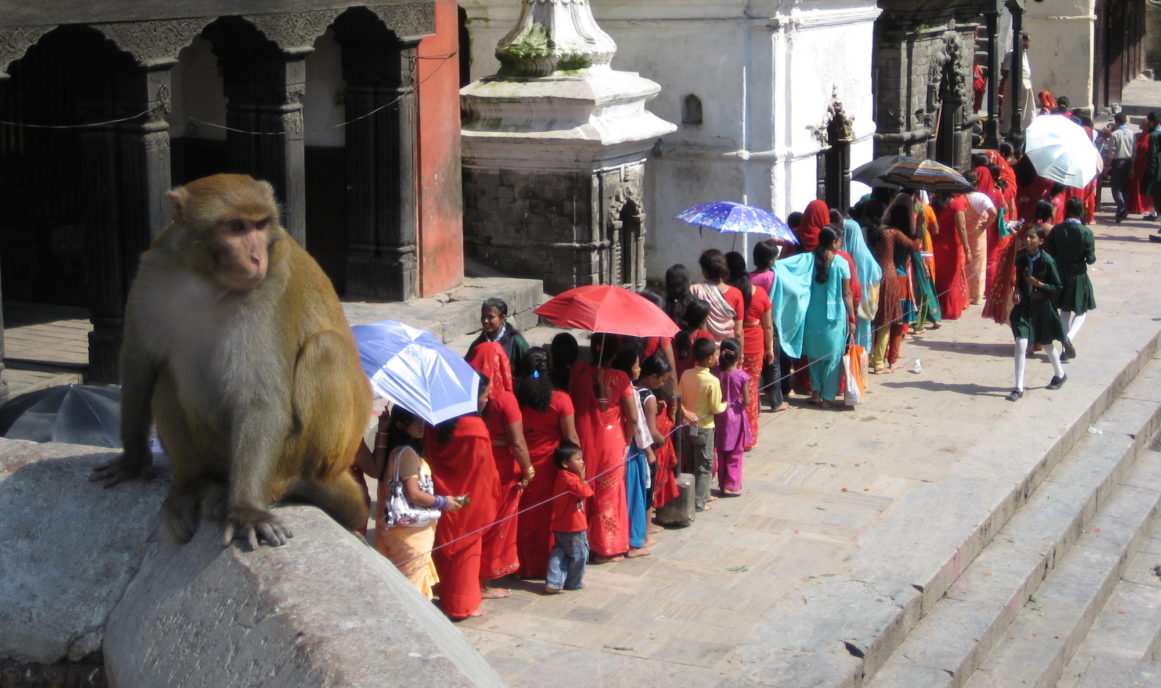The following comes from Rebecca van Bergen, the founder and executive director of Nest and one of ten fellows selected to participate in the inaugural class of the Levi Strauss & Co. Collaboratory. As part of this fellowship experience, which brought together entrepreneurs and social entrepreneurs in the apparel industry to collaborate on sustainability solutions for their organizations, Levi Strauss & Co. connected the fellows with our leaders, outside experts and employee mentors to imagine solutions for reducing their organization’s water impact. In May, we announced more than $350,000 in funding to implement their project ideas. The ultimate goal? To build a more socially and environmentally responsible apparel industry.
A stark contrast to the monochrome landscape of New York this time of year, the Nest office is filled with brightly colored fabrics such as elaborate block prints from India, intricate weavings from Guatemala, vibrant wax prints from Africa, and finely detailed shiboris from Japan. Nest’s work with artisan businesses support the employment of thousands of women around the world – in effect, strengthening their communities and improving the livelihood of their families.
One overlooked aspect of this hand-crafted production is the environmental impact of wastewater disposal from dyeing. This effluent often ends up in public water sources or local fields, posing a threat to the local environment and community. Approximately 70 percent of Nest’s artisan partners use some form of color dyeing within their production processes; however, these businesses often lack the knowledge and resources to develop practical and effective solutions to this problem.
Through the Collaboratory, Nest is working to create a practical and affordable set of tools that can empower artisan businesses to educate themselves on solutions relevant to their production, while guiding them through the process of building a responsible and sustainable system for wastewater treatment, management, and disposal. The goal is to improve the health of local communities and make their businesses more viable in international marketplaces where environmental standards are stringent.
This past summer, Nest conducted visits to 10 wastewater sites in five communities across India, Nepal, and Bangladesh to better understand the challenges artisan businesses face in building and sustaining effective wastewater treatment systems.
Here is a snapshot of where we went and what we learned.
Baroda, India
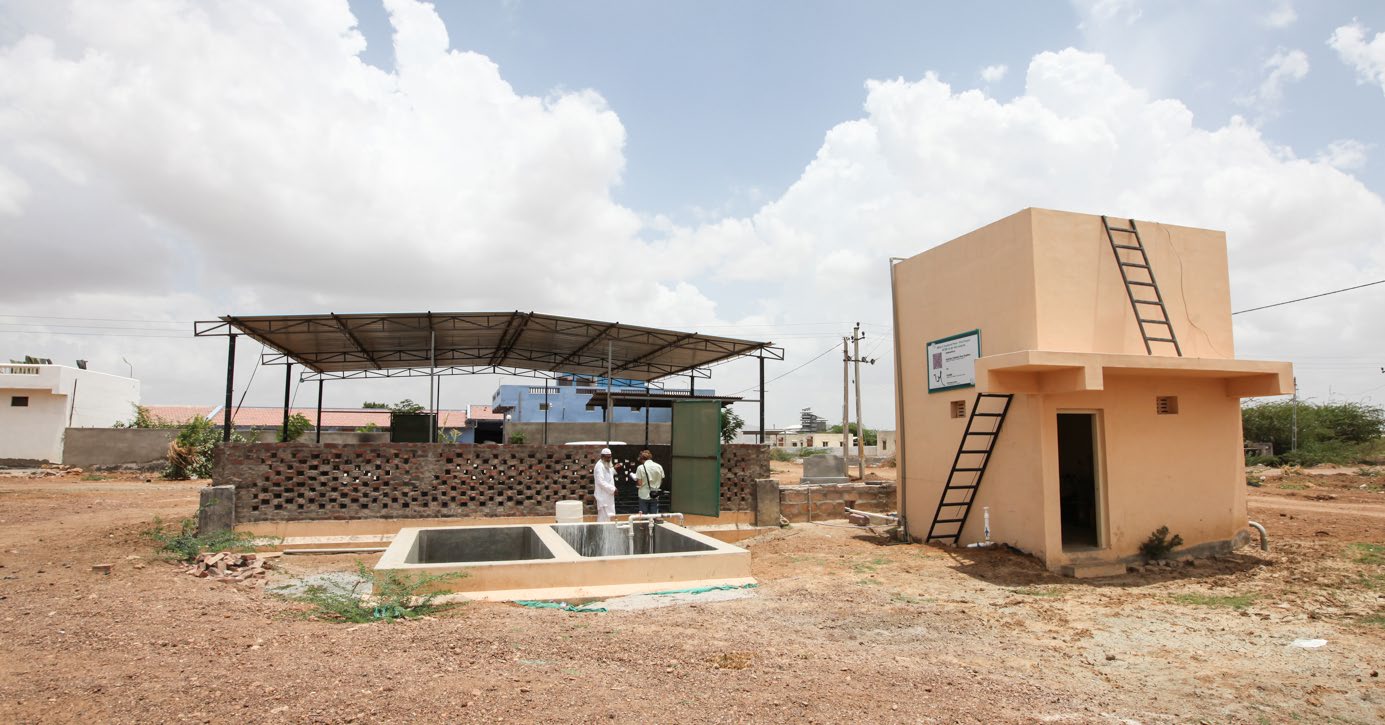
This husband-and-wife team own a block printing unit and have built a wastewater system based on years of experimenting and learning different ways to effectively treat their water. Their biological system uses a commonly found local plant, the canna lily, and gravity to naturally absorb chemicals from the water in a series of beds. The use of canna lily was not only an aesthetically beautiful way to treat wastewater, it also allows users to have constant visual evidence of how healthy the system is and dictates necessary adjustments to the system.
Contrary to the belief that operating a wastewater treatment system has to be complicated to operate, this business has disproved this common misconception by training one of its own block printers who has no formal education – let alone any wastewater engineering experience – to successfully operate and manage the system.
Kathmandu, Nepal
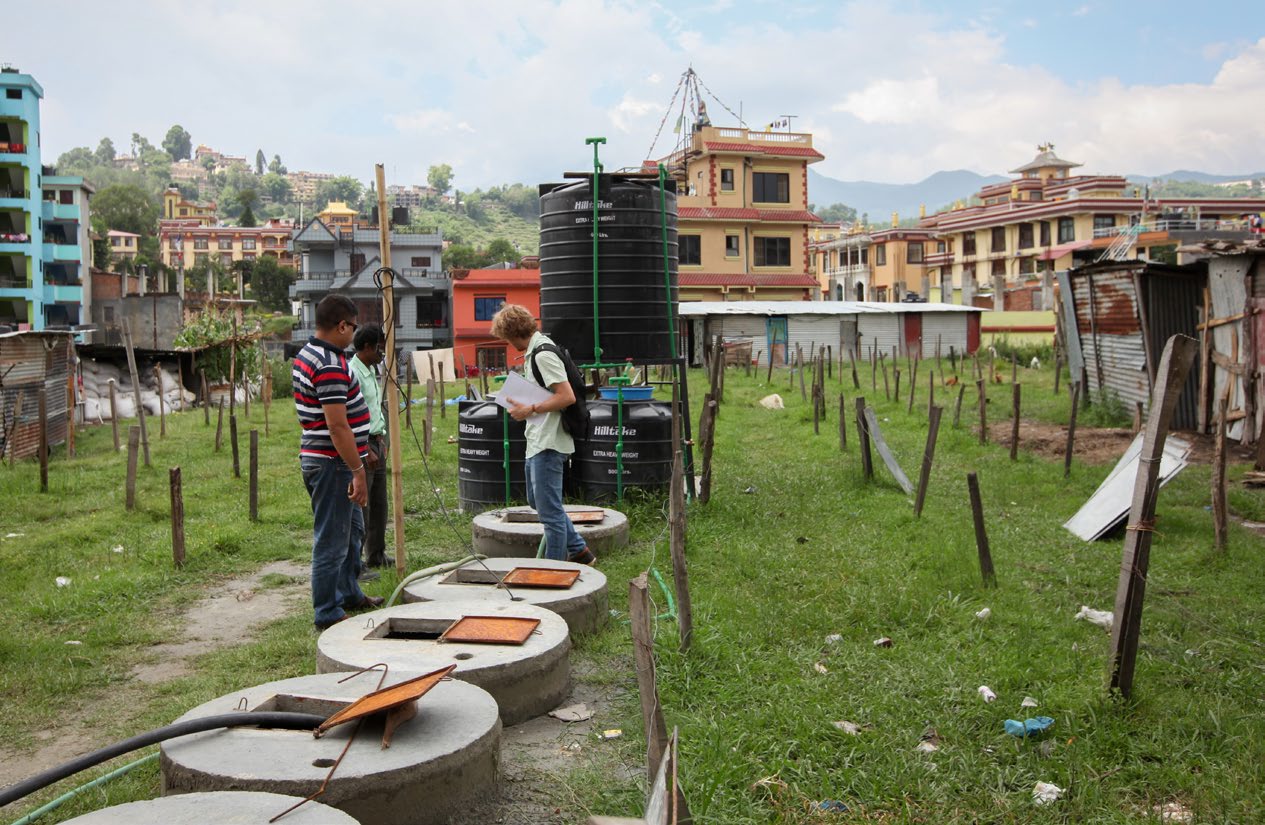
We found a local boutique wastewater engineering company whose mission is to assist artisan producers in finding affordable solutions to their wastewater needs. They exhibited five of the wastewater treatment systems they designed and built for local artisan businesses in the area. The production was wide ranging, from handmade paper, traditional felt products and handwoven textiles. Each system, while similar in its technology, was custom designed alongside the artisan business leader to meet their specific needs, including the space and layout requirements of each of their respective workshops.
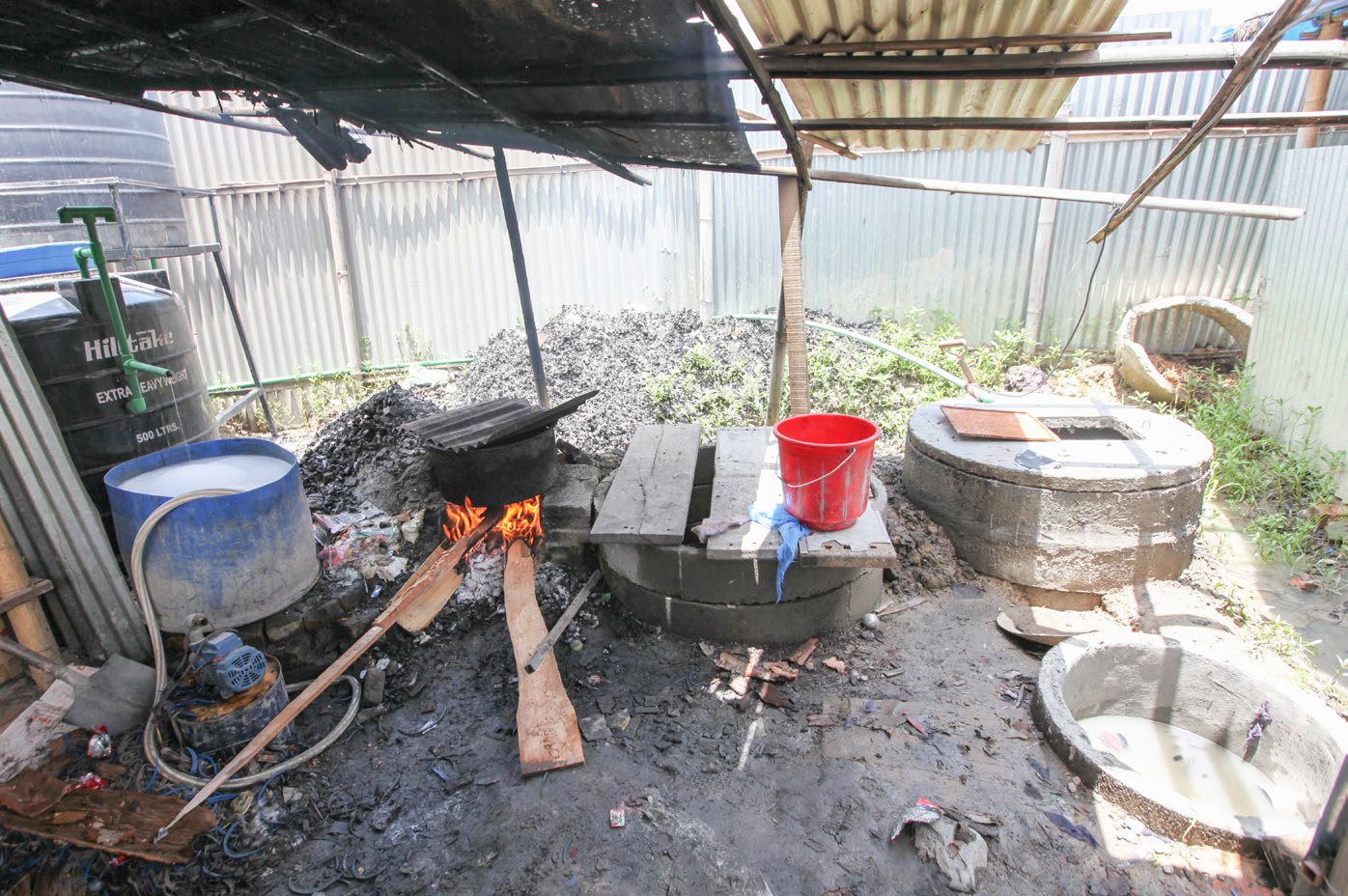
Visiting these workshops allowed us to see the different ways wastewater treatment systems were built and being used. It also emphasized how important it is for artisans to be educated and actively engaged in the design process along with their engineering partner. Nest aims to empower artisan leaders to utilize their resources as efficiently as possible by synthesizing these learnings and sharing knowledge from experts and those who have gone through the process before.

Thanapara, Bangladesh
The system installed here was built in collaboration with a long term buyer who wanted to invest in improving their supply chain. It was designed in four steps, the last of which was a biological pond whose botanical effluent is polished in a maturation pond where the water either evaporates or is reused for the irrigation of fruit trees. The brand was able to contribute to the effort financially as well as link the business to other resources to facilitate the design and construction process, showing the critical need for brand collaboration in making a wastewater system successful.

Takeaways
One of our biggest takeaways from these site visits is that simple and affordable technology can be effective, but technology alone cannot be the solution. There also needs to be a thorough understanding of how the system works, coupled with active maintenance, to ensure that the system is functioning to its highest level of efficiency and efficacy.
We are now planning to create a comprehensive guide that will assist artisan businesses in identifying the appropriate technology to address their wastewater treatment needs, as well as assist artisan businesses in creating strategies to help identify and work with a local engineer to build an effective wastewater treatment system.
Many of our efforts in this space culminated this week at our Nest Artisan Leadership Summit. We brought four artisan leaders involved in the Nest wastewater management solutions project to our annual event, which brings together 20 artisan leaders from around the world for industry immersion, peer-to-peer learning and cultural experiences in New York City. This year, the Summit concluded in a multi-stakeholder convening at the United Nations where four artisan leaders joined our engineering partner for a panel discussion about the project journey and insights gleaned thus far.



